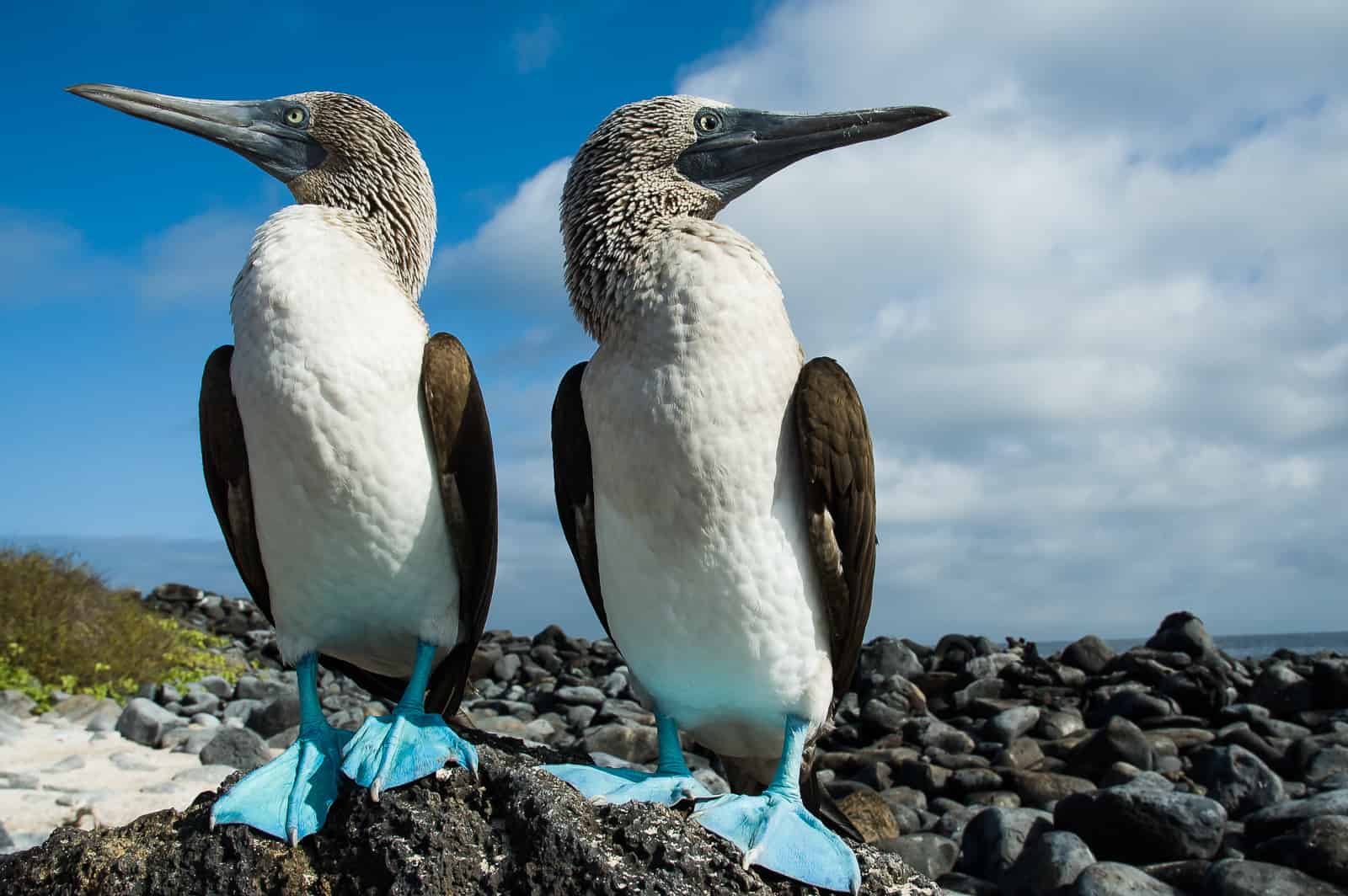
Birds, like humans, are not immune to the challenges of maintaining stable relationships. While affairs and extended periods of separation often lead to divorce among human couples, it appears that similar factors play a role in the breakups of bird pairs, a new study found.
The findings shed light on the complex dynamics of avian relationships and highlight the influence of mating behavior and ecological factors on bird divorce rates.
An avian love story cut short
While monogamy might seem uncommon in the animal kingdom, birds stand out as nature’s true lovebirds. Monogamy is defined as one male mating with one female and forming a “pair bond.” In birds, this bond may just last for a single nesting, one or multiple breeding seasons, or for life (albatrosses, petrels, swans, geese, eagles, and some owls and parrots).
The evolution of monogamy is believed to be advantageous in situations where the survival chances of offspring are significantly enhanced when both parents cooperate in raising them. However, the level of time and energy invested by male parents in monogamous species can differ considerably.
For instance, male Willow Ptarmigans serve as sentinels, guarding against potential dangers, while male Eastern Bluebirds provide a nesting site by defending a territory with a nest cavity.
In many passerines (perching birds), male parental investment is even higher, with males providing food to brooding females and/or assisting in feeding the young. Certain species, such as herons, egrets, woodpeckers, and others, exhibit male involvement not only in providing food but also in sharing incubation duties. Ground-nesting birds like geese, swans, gulls, terns, and shorebirds often take it a step further, with males actively defending the nest and young, even putting themselves in danger to protect them from predators.
All in all, some 90% of bird species are monogamous — but that doesn’t mean this bond is always ironclad. Scientists have previously found that some birds opt to leave their partner and search for a new mate, a phenomenon known as “divorce”.
Male promiscuity breaks couples. But cheating females can get away with it
While previous studies have largely focused on investigating the causes of divorce in specific bird species or groups, a new study looked at broader patterns. According to researchers from China and Germany, there are two key factors associated with divorce across most bird species: male promiscuity and long-distance migrations.
Researchers analyzed data from 232 bird species, examining divorce rates alongside mortality data and migration distances. The researchers assigned each species a separate “promiscuity score” based on previously published information about the birds’ behavior. They also considered the evolutionary relationships between species to account for the influence of common ancestry.
The results of the analysis showed that species with high divorce rates were often closely related to each other, as were species with low divorce rates. A similar pattern emerged for male promiscuity. Examples of species with both high divorce rates and male promiscuity include plovers, swallows, martins, orioles, and blackbirds, while petrels, albatrosses, geese, and swans exhibited low divorce rates and male promiscuity.
Higher male promiscuity reduces the male’s commitment to a single mate by dividing his attention and resources among multiple females. This diminished commitment makes the male less attractive as a partner, increasing the likelihood of divorce in the next breeding season. But mating with multiple females can also enhance a male bird’s fitness by providing more opportunities to sire offspring. There’s a tradeoff that these birds must weigh.
However, the researchers did not find a similar association between female promiscuity and divorce rates. Paternity uncertainty may result in increased male involvement in parental care, mitigating the consequences of female promiscuity.
Recent studies employing advanced genetic analysis techniques have allowed researchers to determine whether one or both members of a pair are the biological parents of all the nestlings or fledglings they are raising. For instance, investigations of cooperatively breeding Acorn Woodpeckers and “monogamous” Eastern Bluebirds have conclusively shown that mixed parentage clutches, containing offspring from multiple females, multiple males, or both, are not uncommon.
This suggests infidelity by one or both sexes and/or egg dumping by females. Since only a few species have been studied using this approach, future analyses may lead to further reevaluation of the evolutionary significance of monogamy.
Male birds on the road more likely to divorce
In addition to male promiscuity, the study also identified a correlation between divorce rates and migration distances. Pairs of birds that migrate over longer distances experience higher divorce rates.
Migration comes with the risk of arriving at breeding destinations out of sync with the partner. Once there, an early-arriving bird may mate with a different partner, leading to divorce.
Furthermore, migration can cause pairs to land in different breeding sites, increasing the likelihood of accidental separation and subsequent divorce. This effect becomes more pronounced with increasing migration distance. Longer migrations also shorten the time available for breeding, causing some birds to seek new partners immediately upon arrival instead of waiting for their previous mate.
The researchers also discovered a relationship between mortality rates, the distance of migration, and male promiscuity, indicating potential indirect effects on divorce. These findings suggest that divorce in birds is not solely driven by individual fitness strategies or ecological factors such as migration; rather, it is influenced by a combination of both.
A 2014 study published in Current Biology also found both sexes were more polygamous when the population ratio was skewed towards the opposite sex. The rarer sex has more opportunity to ‘play the field’ and either cheat on the partner or leave in favor of a new mate.
By understanding these dynamics, scientists can deepen their understanding of the intricate social and ecological mechanisms that shape the behavior of birds.
The findings appeared in the journal Proceedings of the Royal Society B.






